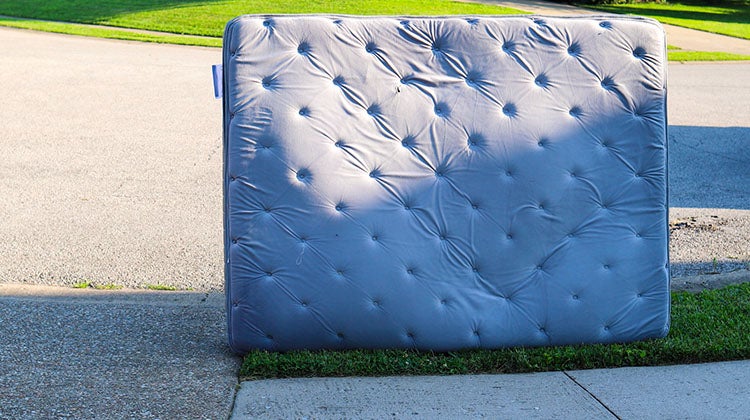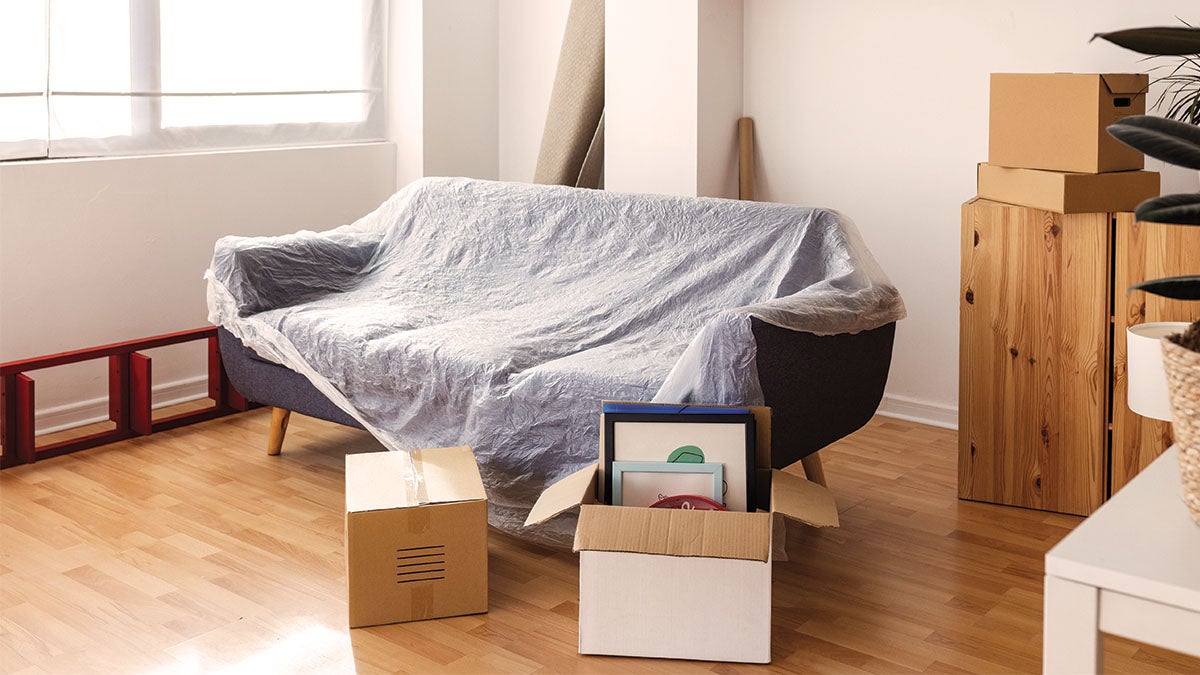In today's world, where we're all trying to be more eco-conscious, the decisions we make about how we handle waste really matter. Think about those old mattresses – they're big, they're made of all sorts of materials, and they can really impact the environment if we don't handle them right. In our quest for a greener future, it's essential to examine our waste disposal practices and explore sustainable alternatives.
When it comes to mattresses, the impact of landfills on the environment is concerning. However, there is a solution: mattress recycling!
Let’s delve into the environmental consequences of landfills and highlight the benefits of mattress recycling as a sustainable solution. Let’s understand how we can make a positive difference and embrace a more sustainable way of handling our old mattresses.
What is a landfill?
A landfill is a designated area where various types of solid waste are disposed of and stored. It's essentially a big hole in the ground, often lined with materials to prevent pollution and contamination of soil and water. In a landfill, different types of waste, such as household garbage, construction debris, and industrial byproducts, are placed in layers and compacted to make room for more waste.
While landfills are a common method of waste disposal, they come with environmental challenges. As waste breaks down, it can produce harmful gases like methane, a potent greenhouse gas that contributes to climate change and can lead to soil and water pollution.
The Environmental Consequences of Landfills
Landfills have long been the standard destination for discarded mattresses. However, this seemingly simple solution hides a bigger problem for our environment. When we toss our mattresses into landfills, the environmental repercussions are far-reaching.
To truly grasp the severity of this issue, we must explore the various environmental impacts and understand the need for change.
- Mattresses, often bulky and non-biodegradable, consume significant space in landfills, leading to overfilled sites and escalating waste management costs.
- As mattresses break down in landfills, they release methane, a potent greenhouse gas that contributes to global warming. Methane emissions from landfills exacerbate climate change and its associated impacts.
- When mattresses decompose, they release harmful gases and leachates, contributing to soil and water pollution. The soil and water contamination caused by landfill pollution can have detrimental effects on ecosystems and public health.
- Mattresses can take years, if not decades, to decompose fully in landfills. This prolonged degradation contributes to a lasting environmental legacy, with negative impacts persisting well beyond their disposal.
How much does it cost to dump at a landfill?
A “Tipping Fee”, also known as a gate fee, is a charge applied to individuals or entities that dispose of waste in a landfill. This fee is typically calculated based on the weight of the waste per ton. The cost to dump waste at a landfill can vary widely depending on factors such as the location, the type and amount of waste being disposed of, and local regulations. On average, in the United States, disposing of a single mattress in a landfill can range from $20 to $50 or more.
However, it's important to note that this is a general estimate and the actual cost can differ significantly based on factors such as the region's waste management costs, landfill fees, and any additional charges for bulk items. Additionally, some landfills might charge different rates for residential versus commercial disposal. To get an accurate cost for discarding mattresses in a landfill in your specific area, it's recommended to contact local waste management authorities or landfill facilities directly.
Mattress Recycling: A sustainable alternative to landfills
Let's talk about mattress recycling – a suitable alternative for mattress disposal that's much friendlier to the planet than sending those old mattresses to landfills. Instead of just tossing them away, recycling mattresses gives them a new purpose and keeps them out of those overflowing landfill sites. Not only does it clear up space, but it also stops harmful gases from getting into the air during the breakdown process.
How does mattress recycling work?
Mattress recycling facilities systematically dismantle mattresses, extracting valuable materials like metal springs, foam, and fabric. These components find new life in various industries, reducing the need for virgin resources and cutting down on energy consumption.
Saving space and resources
When it comes to old mattresses, recycling is like giving them a second chance at life. With recycling, we can divert these mattresses from landfills and create room for other waste that doesn't have an alternative. Not to mention, recycling mattresses means we can reuse valuable materials like metal springs, fabric, and foam, reducing the demand for new resources and cutting down on manufacturing energy.
Cutting down on harmful emissions
When mattresses are recycled, the unwanted mattresses are kept out of landfills and there is a significant reduction in carbon footprint. By embracing mattress recycling, we're not just making an eco-friendly choice – we're actively reducing harmful emissions and safeguarding our environment from pollution.
With recycling, we're curbing those emissions and ensuring cleaner air for everyone. What's more, recycling keeps these mattresses from breaking down and leaching pollutants into the soil and water, preventing contamination and preserving the health of our ecosystems. So, by choosing mattress recycling, we're not only cutting down on emissions but also taking a stand against pollution in all its forms.
Waste Diversion and Resource Conservation
Mattress recycling offers a powerful solution for waste diversion and resource conservation. By diverting mattresses from landfills, we reduce the strain on these overcrowded waste disposal sites. Recycling allows us to recover valuable resources, such as metal springs, foam, fabrics, and wood. These recyclable materials can be reused in creating new products and upcycling them into new mattresses.
When we recycle mattresses, we're taking part in a circular economy. Instead of the old linear approach of using, discarding, and filling landfills, we're looping materials back into the system. Thus, embracing mattress recycling not only reduces landfill waste but also preserves our limited natural resources.
Your role in the recycling revolution
Now that you know how awesome mattress recycling is, you might wonder, "What can I do?" It's simple – when it's time to replace your mattress, explore recycling options in your area. Many recycling companies and organizations offer mattress recycling services that can take your old mattress and give it a new purpose.
By choosing to recycle over landfills, you're making a choice that ripples through our environment, supporting cleaner air, less waste, and a greener future for all.
Conclusion
Let's make conscious choices, support mattress recycling initiatives, and embrace a future where landfilling becomes a thing of the past. Together, we can create a more sustainable world, one mattress at a time.






